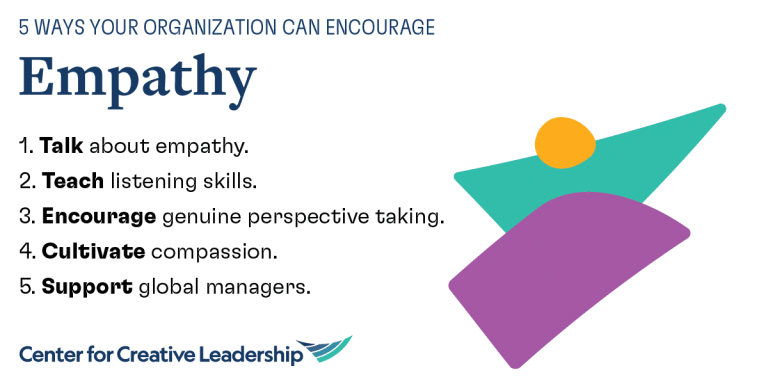Should You Use Humor in Your Presentations? Tips & Benefits
Using humor in presentations can be effective for engaging the audience and making your content memorable. However, it is crucial to ensure that the humor is appropriate and aligns with your overall message.
Humor can help create a connection with your audience, break the ice, and keep them interested in what you have to say. It can also make complex information more digestible and increase retention. On the other hand, using humor that is off-color or offensive can have negative consequences and detract from your credibility.
Therefore, when incorporating humor into your presentations, it is essential to strike a balance and consider your audience and the context in which you are speaking.
Benefits Of Using Humor
Humor can be a powerful tool in presentations. It offers many benefits, helping to capture attention and make information memorable. Let’s explore the benefits of using humor in your presentations.
Engaging The Audience
Using humor can engage your audience effectively. A well-placed joke or funny story can break the ice. This helps build a connection with your listeners. Humor can make your presentation more interactive. This keeps the audience focused and interested.
People often remember presentations that made them laugh. A lively crowd is more likely to ask questions. They will also participate in discussions. This creates a better learning environment for everyone.
Improving Retention
Humor can significantly improve retention of your material. When people laugh, they release stress. This helps them absorb information better. Funny anecdotes can make complex topics easier to understand.
Consider incorporating visual humor like cartoons or memes. These can serve as memory aids. They help people recall key points long after your presentation ends. Here are a few ways humor can improve retention:
- Reduces stress and anxiety
- Makes difficult concepts simpler
- Creates memorable associations
Using humor wisely can make your presentations both enjoyable and educational.
Types Of Humor
Types of Humor can make your presentations more engaging and memorable. Using the right kind of humor helps connect with your audience and keeps them interested. Let’s explore two effective types of humor: self-deprecating jokes and anecdotes.
Self-deprecating Jokes
Self-deprecating jokes are an excellent way to break the ice. These jokes show you are humble and relatable. You can make fun of yourself in a light-hearted way. This approach often reduces the tension in the room.
For instance, you could say, “I’m not the best at math, so bear with me!” This joke makes you more approachable. It also helps the audience feel more comfortable. Be careful not to overdo it, though. Too much self-deprecation can make you seem unconfident.
Anecdotes
Anecdotes are short, amusing stories from your life. They add a personal touch to your presentation. Sharing anecdotes can make your points clearer and more relatable.
For example, tell a funny story about a past mistake. This could be a story about forgetting an important document at home. Make sure the story is relevant to your topic. This keeps the audience engaged and helps them remember your message.
Combining self-deprecating jokes and anecdotes can create a powerful impact. These types of humor make your presentation enjoyable and effective.
Tips For Effective Humor
Using humor in presentations can keep your audience engaged and interested. But, using it effectively requires some thought and strategy. Here are some tips for effective humor in your presentations.
Know Your Audience
Understanding your audience is crucial. Different people find different things funny.
- Age: What amuses young people might not amuse older people.
- Cultural Background: Be mindful of cultural differences.
- Professional Setting: Keep humor appropriate for a work environment.
By knowing your audience, you can tailor your humor to suit them.
Timing Is Key
Timing can make or break your joke. Place your humor at the right moment.
- Start Light: Begin with a light joke to break the ice.
- Relevance: Ensure your humor fits the topic.
- Pauses: Allow a moment of pause after your joke for laughter.
Well-timed humor can make your presentation more memorable and enjoyable.
Common Pitfalls
Using humor in presentations can be a double-edged sword. It can engage the audience or backfire. Understanding common pitfalls can help you navigate this tricky terrain.
Offensive Jokes
Offensive jokes can alienate your audience. Not everyone shares the same sense of humor. Avoid jokes about race, gender, religion, or politics. These topics are sensitive. A joke that offends can ruin your credibility.
Stick to safe and inclusive humor. Think about your audience’s diversity. A neutral joke about everyday life is safer. Test your jokes on a small group first. This can help you gauge reactions.
Overdoing It
Overdoing humor can also be a problem. Too many jokes can distract from your main message. Your audience might lose focus. Balance humor with valuable content.
Insert jokes sparingly. Use them to highlight key points. Don’t let humor overshadow your information. Your primary goal is to inform and engage. Humor should support, not dominate.
Consider using visual aids like slides or props. These can add humor without verbal overload. Always aim for a balance between humor and content.
| Common Pitfalls | Solution |
|---|---|
| Offensive Jokes | Stick to safe and inclusive humor |
| Overdoing It | Balance humor with valuable content |
Case Studies
Humor can make your presentations memorable and engaging. Let’s explore case studies to understand its impact. These examples provide insights into the benefits and challenges of using humor in presentations.
Successful Examples
Several professionals have successfully integrated humor into their presentations. Here are a few noteworthy examples:
- Ken Robinson’s TED Talk: Sir Ken Robinson’s talk on education reform is one of the most viewed TED Talks. His witty remarks and relatable anecdotes engaged the audience effectively.
- Steve Jobs’ Keynotes: Steve Jobs often used humor in his product launches. His light-hearted comments made the technical details more accessible.
- Brené Brown’s Talks: Brené Brown’s talks on vulnerability include humorous stories. This approach helps her connect deeply with her audience.
Lessons Learned
These case studies teach us valuable lessons about using humor in presentations. Here are key takeaways:
- Know Your Audience: Tailor your humor to match the audience’s preferences and cultural background.
- Keep It Relevant: Ensure your jokes align with the presentation’s theme and context.
- Practice Moderation: Balance humor with serious content to maintain credibility.
- Be Authentic: Authentic humor resonates better than forced jokes.
Frequently Asked Questions
Is Humor Effective In Presentations?
Yes, humor engages the audience, making your presentation more memorable and enjoyable.
How To Use Humor In Presentations?
Use relatable jokes and anecdotes sparingly. Ensure they align with your audience’s interests and the presentation’s topic.
Can Humor Improve Audience Retention?
Absolutely. Humor helps in retaining audience attention and makes complex information easier to understand.
Conclusion
Using humor in your presentations can be a powerful tool. It engages your audience and makes your message memorable. Ensure your jokes are relevant and appropriate. Test your humor beforehand to gauge reactions. When done right, humor can transform your presentation into an enjoyable and effective experience for everyone.

